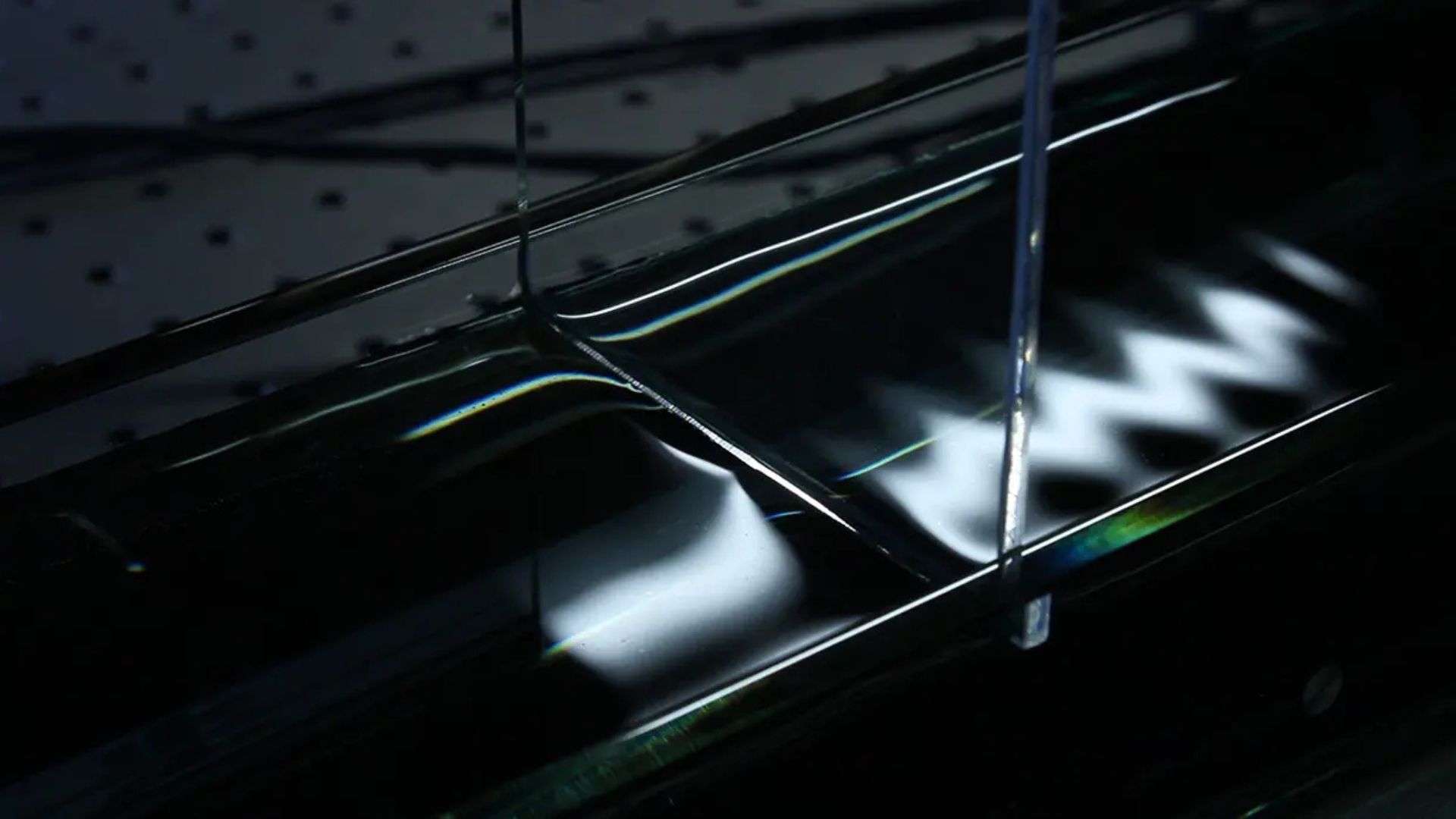Tiny liquid changes improve spacecraft life-support efficiency

Source: interestingengineering
Author: @IntEngineering
Published: 8/26/2025
To read the full content, please visit the original article.
Read original articleA recent study from the University of Mississippi, led by Likun Zhang and doctoral student Zhengwu Wang, reveals how subtle changes in liquid surface tension—specifically the curvature of the meniscus—can dramatically influence wave transmission through barriers in microgravity environments. Their experiments demonstrated that a tiny 1.5 mm change in the meniscus shape can reduce wave energy transmission from about 60% to nearly zero. This finding highlights surface tension as the dominant force controlling fluid behavior in space, where gravity is negligible, offering new methods to manipulate liquids in spacecraft systems.
These insights have significant implications for improving the efficiency and weight of life-support, fuel, and cooling systems on long-duration space missions. By adjusting barrier properties such as height and surface coating, the researchers controlled energy flow through fluid barriers, a capability critical for managing fluids without relying on gravity. Beyond space applications, the study also suggests potential advancements in microfluidic technologies used in biomedical engineering and other fields, marking a novel approach to fluid control and
Tags
energyfluid-mechanicsspacecraft-life-supportmicrogravitysurface-tensionspace-technologymaterials-science